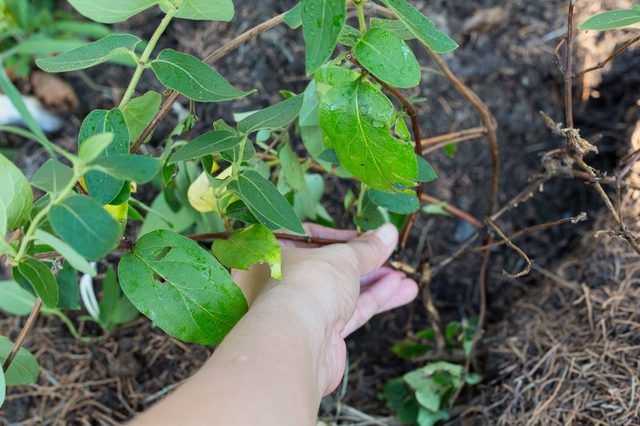Bulbs
Flower Basics
Flower Beds & Specialty Gardens
Flower Garden
Garden Furniture
Garden Gnomes
Garden Seeds
Garden Sheds
Garden Statues
Garden Tools & Supplies
Gardening Basics
Green & Organic
Groundcovers & Vines
Growing Annuals
Growing Basil
Growing Beans
Growing Berries
Growing Blueberries
Growing Cactus
Growing Corn
Growing Cotton
Growing Edibles
Growing Flowers
Growing Garlic
Growing Grapes
Growing Grass
Growing Herbs
Growing Jasmine
Growing Mint
Growing Mushrooms
Orchids
Growing Peanuts
Growing Perennials
Growing Plants
Growing Rosemary
Growing Roses
Growing Strawberries
Growing Sunflowers
Growing Thyme
Growing Tomatoes
Growing Tulips
Growing Vegetables
Herb Basics
Herb Garden
Indoor Growing
Landscaping Basics
Landscaping Patios
Landscaping Plants
Landscaping Shrubs
Landscaping Trees
Landscaping Walks & Pathways
Lawn Basics
Lawn Maintenance
Lawn Mowers
Lawn Ornaments
Lawn Planting
Lawn Tools
Outdoor Growing
Overall Landscape Planning
Pests, Weeds & Problems
Plant Basics
Rock Garden
Rose Garden
Shrubs
Soil
Specialty Gardens
Trees
Vegetable Garden
Yard Maintenance
How to Transplant Honeysuckle Vines
How to Transplant Honeysuckle Vines. Honeysuckle (Lonicera spp.) is a woody shrub with a vining habit that can easily be transplanted in the autumn of each year when it goes dormant. In warmer climates where honeysuckle often does not go dormant, it may be moved nearly any time, excluding the hottest summer temperatures. With a little preparation a...
Honeysuckle (Lonicera spp.) is a woody shrub with a vining habit that can easily be transplanted in the autumn of each year when it goes dormant. In warmer climates where honeysuckle often does not go dormant, it may be moved nearly any time, excluding the hottest summer temperatures. With a little preparation a few weeks before the move and a gentle relocation technique, honeysuckle can be transplanted and propagated with ease.
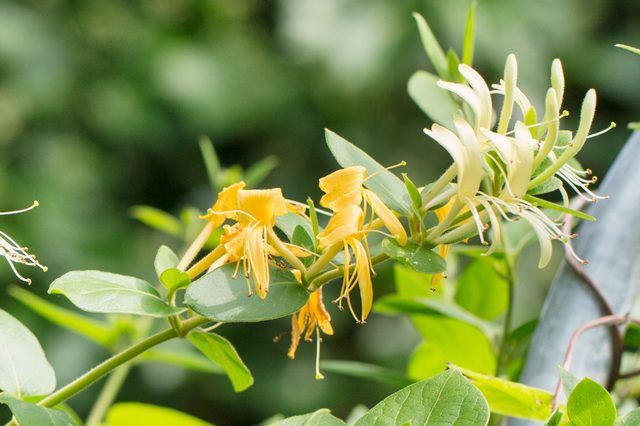
Things You'll Need
Small trowel
Shovel
Pruning shears
Rooting hormone powder
Soil amendments
Step 1
Prune the roots of the honeysuckle in its current location a few weeks before the transplant. This root pruning encourages new root growth and helps establish the honeysuckle more quickly in its new home. Drive the shovel straight down to cut the roots at least 1 1/2 feet from the central branch. For thick or woody stems, reach into the soil and cut the roots with pruning shears. For large established honeysuckle plants, you may need to cut a root ball 3 feet or more in diameter. Back fill any displaced soil, water in well and then water as usual for a few weeks.
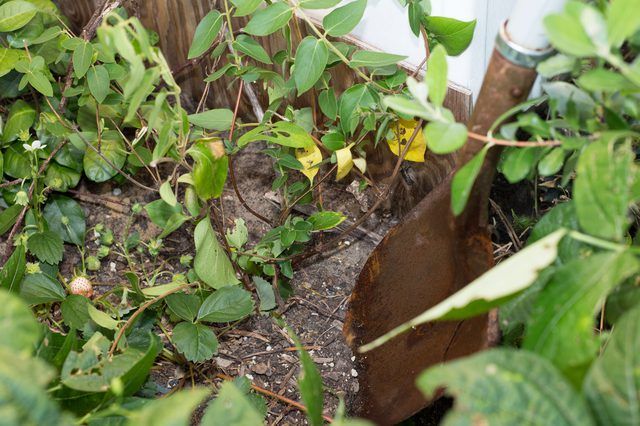
Step 2
Amend the soil in the destination location with organic fertilizers. Dig and overturn the soil to loosen it up. Water the destination site and allow it to sit for a few weeks before the move.
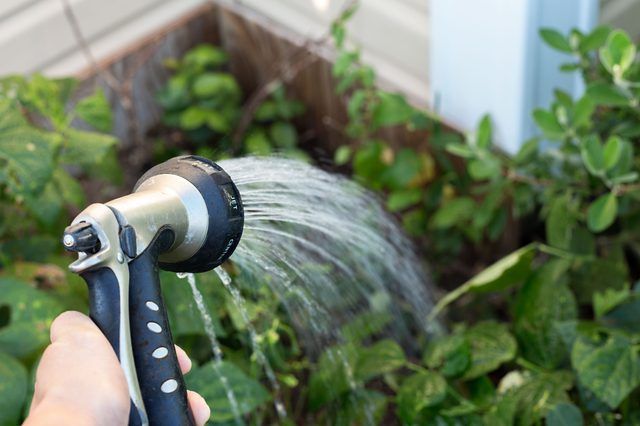
Step 3
Dig the new location hole the day of or the day before you plan to transplant your honeysuckle. Make it at least 8 inches wider than the root ball and roughly the depth of the root ball, after the soil in the hole has been loosened.
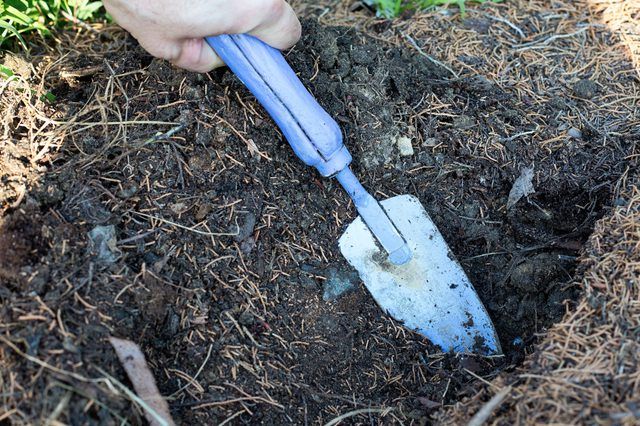
Step 4
Dig up and gently lift the honeysuckle root ball up from the old location. Daub rooting hormone powder on the larger root ends and quickly move the plant to the new site. If the plant is traveling a distance farther than just around the yard, wrap the root ball with burlap and damp soil so the roots do not dry out.
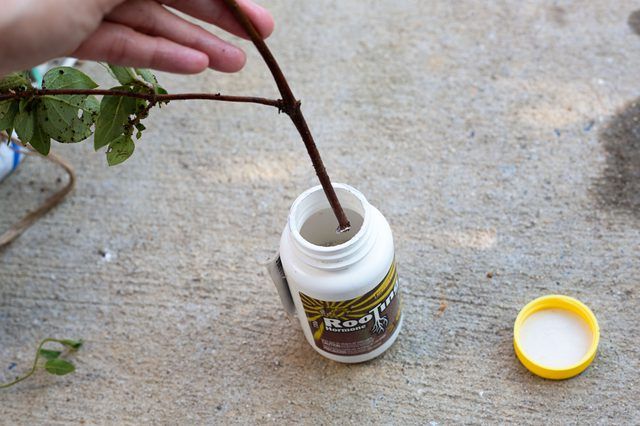
Step 5
Place honeysuckle into the new hole gently. If the rooting hormone has been knocked off, reapply per the manufacturer's directions. Back fill with soil, and water the root ball in well. Monitor carefully for 2 to 3 weeks. Keep the soil moist but not wet.
